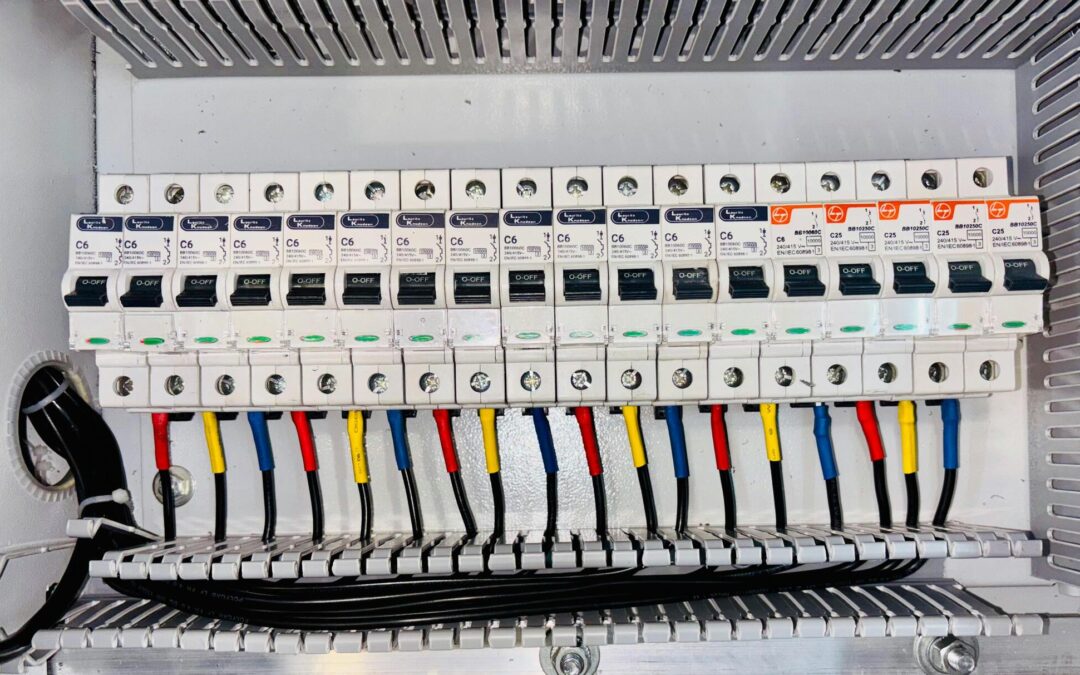Why Small Changes Can Have a Big Impact on Home Safety
The most minor upgrades can protect your home from serious risks. Many homeowners overlook hidden hazards like outdated components or aging infrastructure, assuming their systems are perfectly safe. Yet these quiet dangers can grow over time, leading to electrical failures, fire hazards, or energy inefficiencies.
Addressing these risks doesn’t always require major renovations. Simple fixes can provide significant peace of mind. For example, outdated circuit protection devices can fail to detect overloads, putting homes at risk.
Upgrade Outdated Circuit Protectors
Circuit protection is critical to home safety and efficiency. Modern circuit breakers are far more reliable than older models. They help prevent fires by quickly shutting off power during overloads. They also protect expensive appliances from power surges that could damage sensitive electronics.
But how do you know if it’s time for an upgrade? Here are some clear warning signs:
- Circuit breakers trip frequently, even with low-energy use.
- Lights flicker or dim without an obvious reason.
- Electrical systems seem inconsistent or unreliable.
Today’s advanced systems can even integrate with smart home technology, allowing you to monitor energy usage and detect problems remotely. Installing updated electrical breakers is a proactive step that can make your home safer and smarter.
Reinvent Your Lighting Strategy
Lighting isn’t just about aesthetics—it’s also a valuable safety tool. Installing energy-efficient LEDs can reduce the strain on your electrical system while significantly lowering energy bills. Adding motion sensors is another way to boost safety by automatically illuminating dark areas, such as staircases or outdoor spaces.
Improved lighting can also deter intruders by making it look like someone is always home. Whether it’s protecting your family or creating a brighter living space, a lighting upgrade pays off in multiple ways.
Seal Hidden Gaps in Your Defense
Your home’s structural integrity plays a big role in electrical safety. Seemingly minor details—like small gaps in weatherstripping—can sometimes let rodents into the house. Rodents, in particular, are known to chew through electrical wires, causing dangerous short circuits or even fires.
Other overlooked tasks, such as regular HVAC maintenance, also matter. Faulty HVAC systems can draw too much power and overwork your electrical system. Sealing gaps, securing weak areas, and maintaining essential systems complement upgrades like circuit breaker replacements.
Here’s a quick glance at some preventative measures:
| Potential Risk | Solution | Benefit |
| Rodent-damaged wires | Improve pest control | Reduces electrical shorts |
| Drafty windows or doors | Apply weatherstripping | Saves energy and protects systems |
| Overloaded HVAC systems | Schedule maintenance | Prevents electrical overload |
Automate to Stay Ahead of Problems
Automation is a powerful ally in home safety and efficiency. Smart home detectors—such as smoke, carbon monoxide, and leak sensors—are essential tools that can alert you to issues before they become emergencies.
Paired with modern electrical systems, these devices provide an instant response. For instance, smart detectors can cut power to certain circuits if they sense a hazardous situation. This combination gives homeowners better control and faster notification of any issues.
Attention to Detail Helps Build a Safer Home
A safer, more efficient home comes from addressing small risks that are often ignored. Upgrades like modern circuit breaker technology, energy-efficient lighting, and weatherproofing create layers of protection that go beyond basic fixes. To start, homeowners should conduct a thorough audit, examining everything from the circuit box to gaps around windows.
Thinking ahead not only keeps your household safe but also improves how your systems work together for long-term efficiency.

Recent Comments